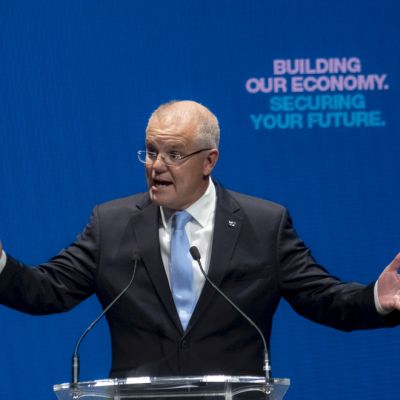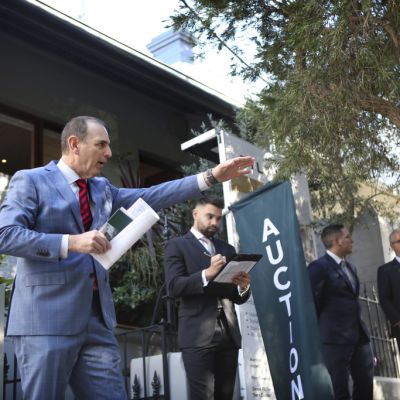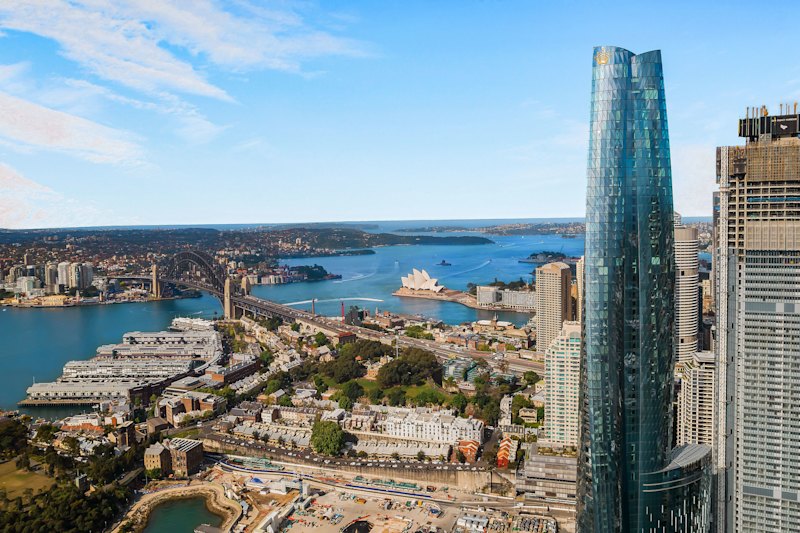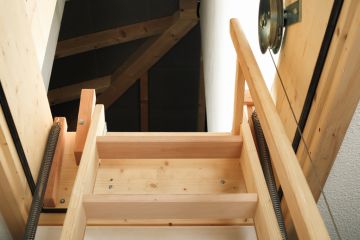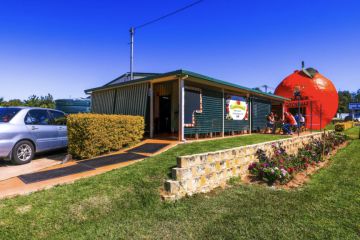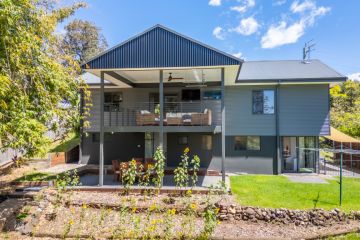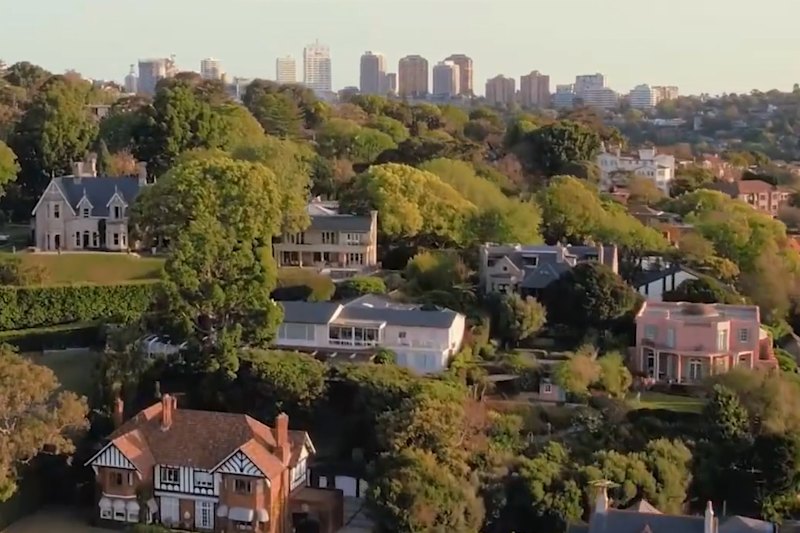Thousands to miss out on new first-home buyer deposit scheme
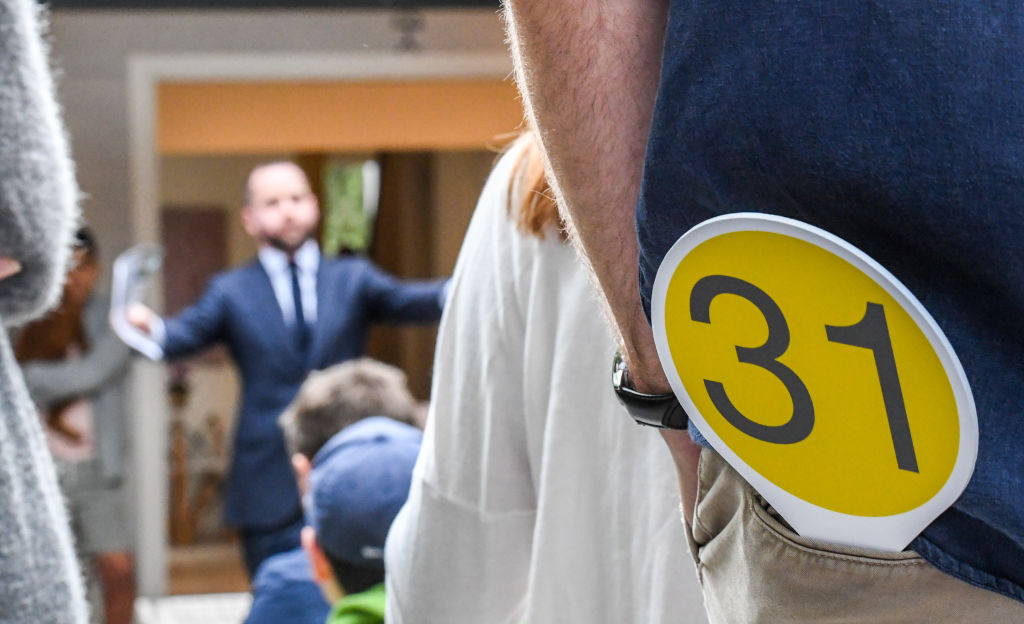
Tens of thousands of aspiring homeowners are likely to miss out on a new government scheme that would allow them to purchase a home with a 5 per cent deposit.
The Coalition Government passed new laws through Parliament this week to implement the First Home Loan Deposit Scheme, which will provide a guarantee allowing eligible first-home buyers on low and middle incomes to purchase a home with a deposit as little as 5 per cent.
While it could shave years off the time taken to save for a first property, fewer than one in 10 first-home buyers will be able to access the scheme – despite there being more than 100,000 first-home buyers a year, the government will only give out 10,000 guarantees.
Property price caps, which would limit the amount an applicant could spend on a property, will be used to curb demand for the scheme, with regional price caps a “key lever” to cut-back demand for the limited number of guarantees.
But experts feel it will not be enough, with potentially tens of thousands of eligible applicants still likely to miss out.
“Over the year to August there were 108,000 first-home buyer commitments,” said Domain economist Trent Wiltshire. “With prices now rising again in most cities, people would be keen to use it to get their foot in their door. How do you ration that to people?”
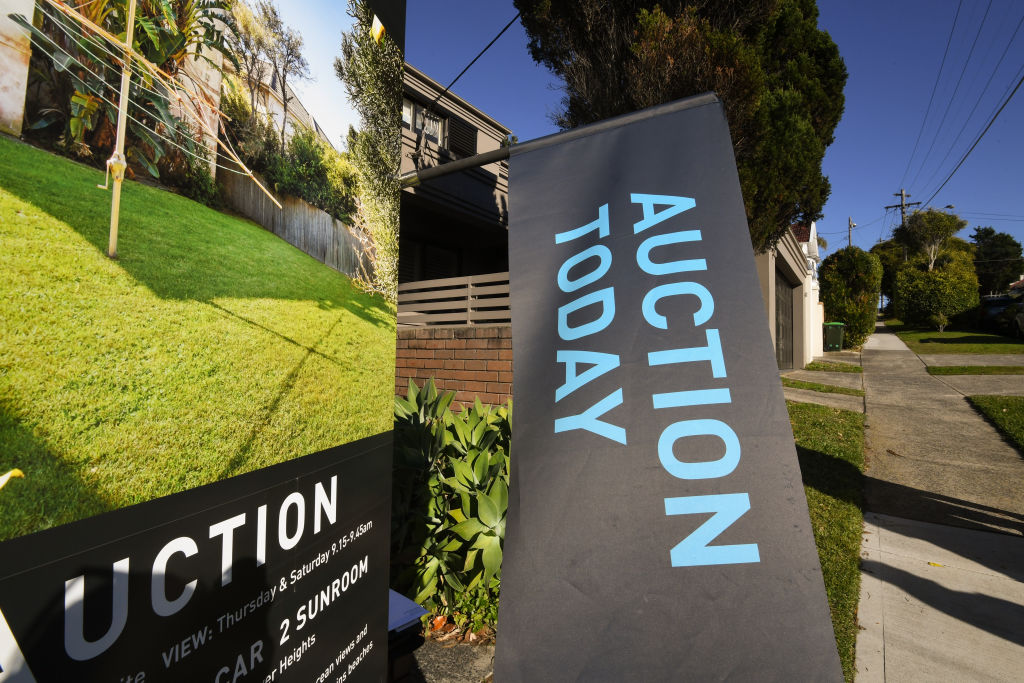
That remains the key question. While the First Home Loan Deposit Scheme will be rolled out in less than three months, there is still uncertainty around how the 10,000 guarantees – available for individuals earning up to $125,000 and couples earning $200,000 – will be allocated.
“Only the top 10 or 20 per cent [of income earners] are excluded from the scheme,” Mr Wiltshire said. “Most people will be able to access it if they want to – it’s not particularly well-targeted.”
While the scheme will be subject to price caps set according to where the applicant is buying — for instance, the limit in Sydney is likely to be higher than the price limit in Brisbane — just what those limits are or how the scheme will operate is still unclear.
“There’s still a lot to be announced … is it first-in, best-dressed, are they going to limit guarantees by state or city, or will there be so many for each month?” Mr Wiltshire said.
Grattan Institute’s household finances program director Brendan Coates would like guarantees limited to properties below $650,000 – with lower regional limits for different markets.
The Institute, in its submission to the inquiry for the bill amendment, had hoped the income thresholds would be reduced and the 10,000 guarantee cap legislated.
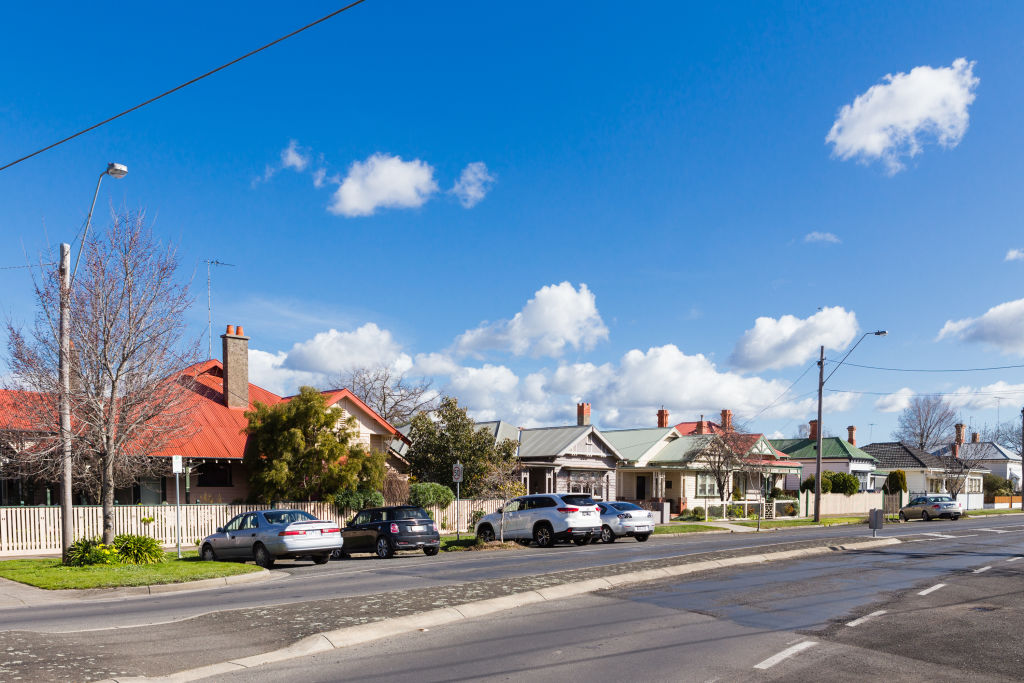
“Now that the bill has passed, the objective should be to target the scheme to those excluded from home ownership … inevitability lower-income Australians,” Mr Coates said.
“[They need to] make sure guarantees are rationed away to limit it to those … who are genuinely not going to purchase a home otherwise.”
Mr Coates said strong demand could make it tempting for the government to expand the scheme, which he said was likely to prove counterproductive as it would push up prices to the benefit of vendors and detriment of first-home buyers.
One potential price cap model would be to apply a consistent discount to median prices, said the explanatory memorandum for the National Housing Finance and Investment Corporation (NHFIC) Amendment Bill 2019.
It could be applied to medians in each state and territory, for both capital cities and outside of capital cities, which could be updated periodically.
“It will be necessary to set these caps so that only modest properties in regional towns and capital cities can be purchased. This will also help to target … those first-home buyers in more genuine need of assistance,” it read.
“A reasonable proxy could be 80 per cent of the median dwelling price,” said Mr Wiltshire, but he noted this could put a small amount of upward pressure on the lower end of the market.
AMP Capital chief economist Shane Oliver said caps on eligible properties would need to be well below median property prices to reduce demand for the 10,000 guarantees.

“Most first-home buyers would be [looking for properties] at 25 per cent below the median anyway, they’re often trying to get into units or houses on the suburban fringe,” Mr Oliver said.
“You’d probably find the bulk of first-home buyers would qualify [still with price caps] then I guess it’s just a first-in, first-served basis.”
While the scheme could encourage first-home buyers to take on more debt and effectively drive up prices, Mr Oliver said it probably would not have a significant impact on the market due to the limited number of guarantees.
He said increasing supply would have been a better way of providing assistance.
The memorandum flagged the importance of early communication of eligibility criteria but Treasurer Josh Frydenberg would not provide further clarity on Wednesday.
Mr Frydenberg said the property caps, which would vary by region, would be announced by the Minister for Housing and Assistant Treasurer Michael Sukkar – who was away and unavailable for comment.
“They will be set at an appropriate level to ensure the First Home Loan Deposit Scheme is properly targeted,” Mr Frydenberg said.
He added additional details would be released shortly.
We recommend
We thought you might like
States
Capital Cities
Capital Cities - Rentals
Popular Areas
Allhomes
More
- © 2025, CoStar Group Inc.

